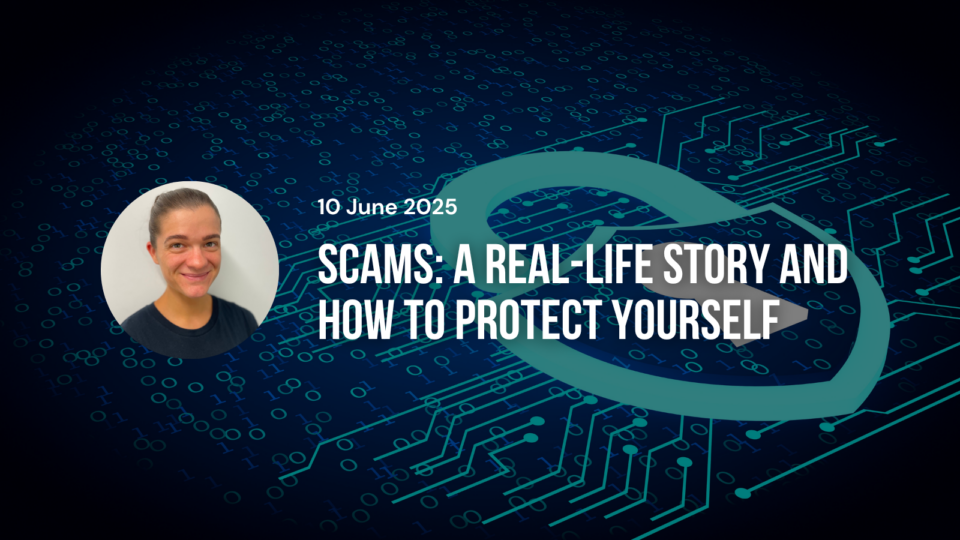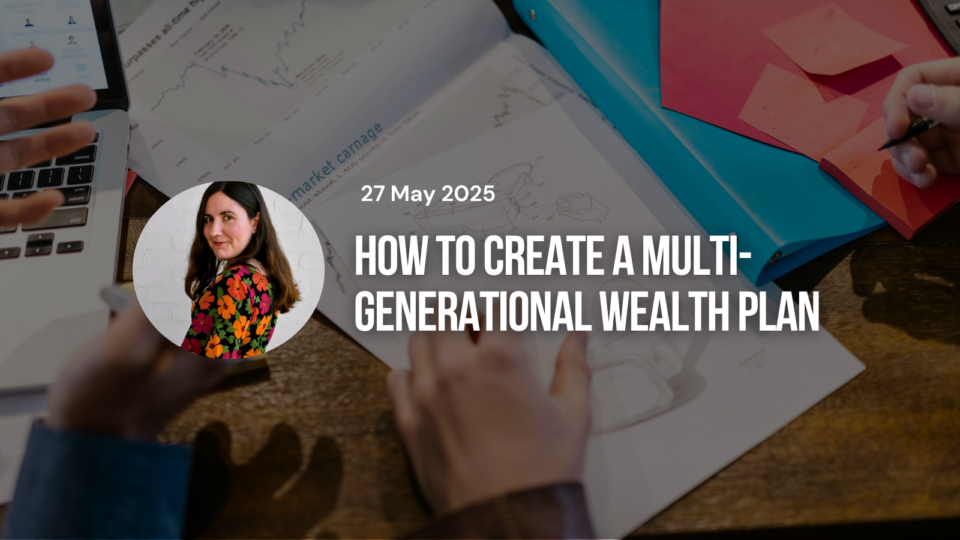

By Leigh Gant, Education Manager
09 March 2022
Unless you are a cycling fan, chances are you have never heard of Sir David Brailsford. Sir Dave was appointed Performance Director of British Cycling in 2002 at a time when the team had virtually no success, only winning a single gold medal in its 76-year history.
In fact, the historic performance of British riders had been so disappointing that a leading European manufacturer refused to sell bikes to the team because it was afraid of impeding sales if other professionals saw the Brits using their gear.
However, Brailsford implemented a strategy that totally changed the trajectory of the team. Fast forward to the 2008 Beijing Olympic Games, and the team captured 7 out of a possible 10 gold medals. The team mirrored this success at the London Games four years later. In fact, during the ten-year span from 2007 to 2017, British cyclists won 178 world championships and 66 Olympic/Paralympic gold medals and captured 5 Tour de France victories in what is widely regarded as the most successful run in cycling history.
The dramatic change in performance did not come about from a new piece of technology nor a high-profile recruit. The secret to this success started with a thought that appears to be counterintuitive for anyone who is a long way from their goals: thinking small, not big.
What made Brailsford different from previous coaches was his relentless commitment to a strategy of “the aggregation of marginal gains, that author James Clear highlights in the book Atomic Habits.
The strategy comes from the Japanese philosophy of Kaizen – continuously searching for a tiny margin of improvement in everything you do.
Brailsford said,
“The whole principle came from the idea that if you break down everything you could think of that goes into riding a bike, and then improve it by 1 percent, you will get a significant increase when you put them all together.”
Brailsford and his coaches began by making small adjustments you might expect from a professional cycling team, like redesigning the bike seats to make them more comfortable and rubbing alcohol on the tires for a better grip.
But they didn’t stop there.
Brailsford and his team continued to find 1 percent improvements in overlooked and unexpected areas. They tested different types of massage gels to see which one led to the fastest muscle recovery. They hired a surgeon to teach each rider the best way to wash their hands to reduce the chances of catching a cold. They determined the type of pillow and mattress that led to the best night’s sleep for each rider. They even painted the inside of the team truck white, which helped them spot little bits of dust that would normally slip by unnoticed but could degrade the performance of the finely tuned bikes.
As these and hundreds of other small improvements compounded, the results came faster than anyone could have imagined.
Compounding is both one of the most difficult to understand and fascinating concepts.
It is difficult to understand not because it is a complex idea, but because the human mind struggles to think in a compound way. Instead, our minds are geared to think in a linear way. For example, it is easier to understand the sequence:
1, 2, 3, 4, 5, 6, 7, 8, 9, 10
Than this sequence, which is $10,000 compounded at 9% annually:
$10,000, $10,900, $11,881, $12,950, $14,116, $15,386, $16,771, $18,280, $19,926, $21,719, $23,674
Nevertheless, understanding this concept is vital to be a successful investor. Compounding can turn a relatively small sum into a substantial nest egg over the long-term. For a lot of readers this isn’t news — however, the implementation of behaviours to harness the power of compounding can be even trickier than grasping the initial concept. Additionally, the earlier we open our minds to compounding the more powerful it becomes.
The best investors build an overwhelming competitive advantage by adopting habits whose benefits compound over time. Along the line of habits, making small, even minuscule changes across multiple dimensions can all have a compounding effect on each other and eventually add up to make you much better off than when you started.
Like Brailsford, investors could make a list of behaviours and overlooked areas with the aim of making continuous small improvements. Knowledge, understanding and skills can be built just like wealth thanks to compound interest. For example:
- Environment: who and what are you surrounded by daily? Do they add or subtract from your investing practice?
- Continuous Learning: expiring information, e.g. news headlines, is not knowledge. Expiring information typically has a short half-life and will not be relevant in a month or a year. The best investors with long track records of success also refer to expiring information as “noise”. Rather, could you spend more time investigating business models, industries/sectors and historical success and failures that have a much longer shelf life?
- Upgrading Skills: from learning different valuation techniques, to expanding your research internationally, to simply utilising new online broker platforms, investors can add or improve many abilities over time.
If investors can consistently improve a process that helps them spend less than they make and invest some of the difference in a way that gets a rate of return that grows above long-term inflation, financial independence is eventually assured.





